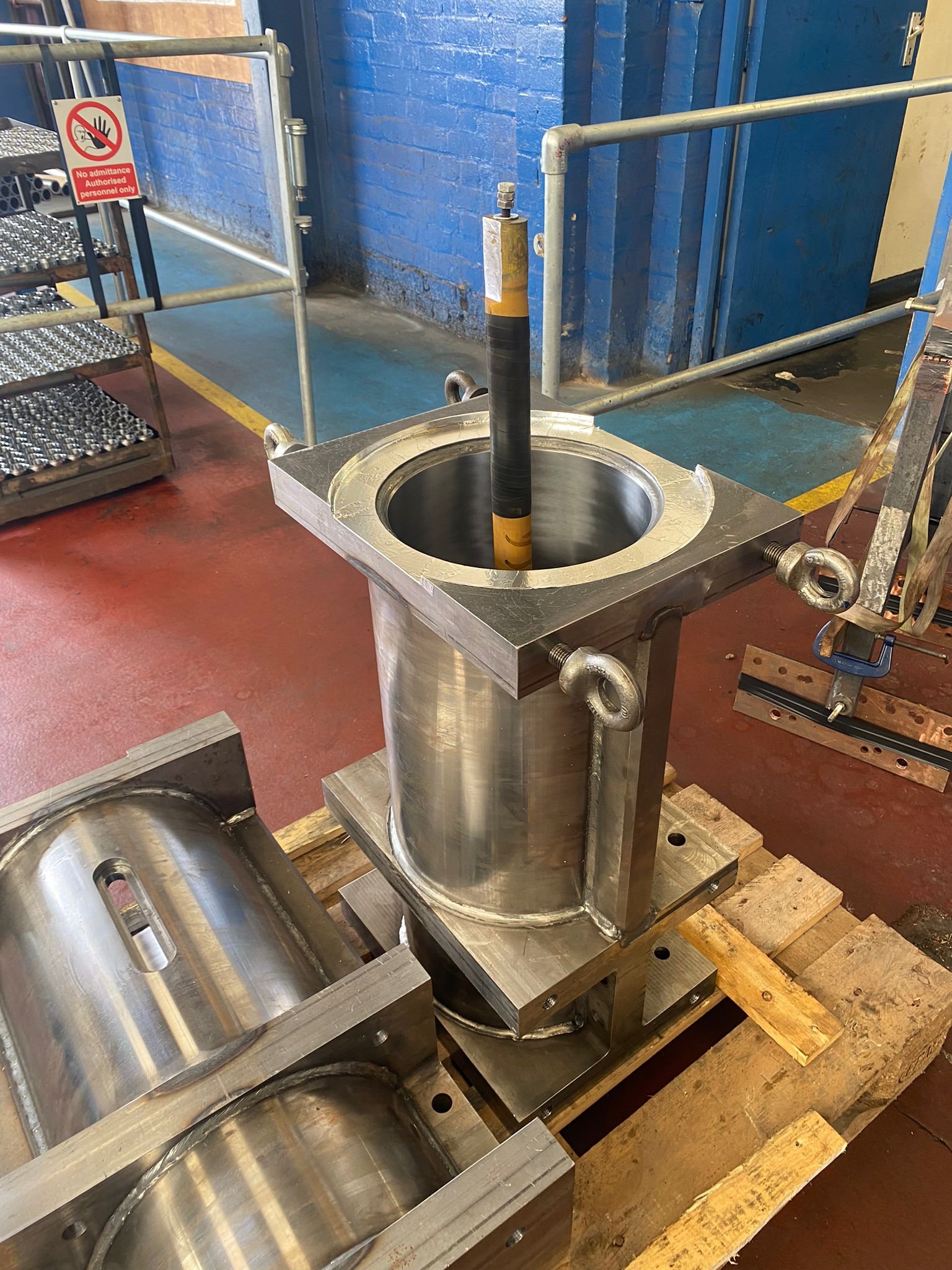This guy is fucking incredible. "Founder" in bio ass motherfucker. In another thread recently he suggested there is no need for what he refers to as "2d's" (engineering prints) and that everyone should just work off of 3D models. This guy supposedly runs an engineering company and has never set foot on a shop floor, engineered anything, or presumably even turned a screwdriver in his life. Every engineer and machinist on Twitter is shitting on him and he's doing that "they hated him because he told the truth" thing. Then you have the handful of dumbasses one-upping him, who think CAM software can be replaced with ChatGPT.
A case study in why Americans will never return to the Moon.








